Eagle-eyed, loyal Trekitt customers may have noticed our new ratings system recently appear on some of our product pages. I know what you’re thinking: what is this new feature? What does it mean? How can it help me? Well, read on and you’ll find out everything you need to know about our waterproof and breathability ratings system. It will help you make an informed decision when shopping for waterproof gear on our website.
The Power of Product Knowledge
As outdoor enthusiasts and connoisseurs of adventure-ready gear, we’ve been writing unique product descriptions for a long time. Why, I hear you ask? So that we can pass on as much of our practical and product knowledge as possible, to help you make an informed decision and buy the best kit for your adventures! Think of our product descriptions as the conversation we’d have with you if you popped into our Hereford Service Centre looking for some advice on a particular product, like a waterproof jacket, for example.
Our new ratings feature, which you can see below, allows you to make a quick visual comparison between products, helping you to identify what qualities are most important to you. For example, we rate four key features for waterproof jackets: waterproofness, breathability, weight and features.

Waterproof and Breathability Ratings: 1. Waterproof
This one is a little self-explanatory, as any products rated with this feature are all technically waterproof. However, some jackets are more suitable for long, wet, relentless days in the mountains than others. To highlight this, manufacturers rate their fabric’s waterproof ability by using a Hydrostatic Head (HH) test.
Understanding the hydrostatic head test and how it categorises waterproof jackets
The HH test applies hydrostatic force to the fabric and records the pressure at which it fails and lets water through. This HH test is designed to replicate the changing water pressures that your kit deals with on every adventure. From rain showers to pressure from your backpack straps, to kneeling on wet ground, you put your kit through its paces all the time, without even thinking about it. The higher the HH rating, the more ‘waterproof’ the product is and the longer you’ll stay dry whilst out in the piddling rain – an essential feature for those who work outside, in all weathers, like Mountain Rescue teams and outdoor instructors.
Knowing when to reapply the DWR to your waterproof jacket
Quick side note… A jacket’s ability to bead water is not to be confused with its waterproof rating. If your jacket isn’t beading water as well as it used to, then don’t worry! The waterproof membrane is still working and your jacket is still actually waterproof. But face fabric that is wetted out does impede the membrane’s ability to let moisture escape. So, if you’re jacket’s face fabric has wetted out and you’re feeling a bit soggy, chances are, that’s your sweat, not the jacket leaking. To keep your jacket performing at its best ability, you’ll need to reapply the DWR (durable water repellent) regularly by using a product like the Grangers 2 in 1 Wash and Repel or the Nikwax TX Direct Wash. Want to know more about how to care for and maintain your waterproof kit? Watch our handy YouTube video here.
Waterproof and Breathability Ratings: 2. Breathability
When we talk about jackets being ‘breathable’, we’re actually referring to the amount of moisture that can escape the jacket, which helps regulate your body temperature and stops you from feeling sticky. If a jacket wasn’t breathable at all, any moisture build-up from sweat would condense inside, cause you to lose body heat quickly, give you the chills and, in extreme environments, can lead to hypothermia – this is why breathability is so important.
Waterproof membranes: How millions of microscopic holes keep you dry in the wettest conditions
Did you know, the membrane that keeps your jacket waterproof is actually full of holes? Yeah, I know, sounds weird, right? Take a classic Gore-Tex membrane, for example; it has around 9 million microscopic holes per square inch! These tiny holes allow moisture vapour to escape so you don’t get clammy when you start to work up a sweat. But here’s the clever bit: each hole is 20,000 times smaller than a water droplet, meaning rain and water can’t physically pass through the membrane into the jacket, keeping you dry, even in torrential rain. Neat right?
How to measure the breathability of a waterproof
A waterproof jacket’s breathability can be measured in two different ways: Moisture Vapour Transmission Rate (MVTR) and Thermal Evaporative Resistance (RET). MVTR records the amount of evaporation through a square metre of fabric over a 24-hour period. The higher the MVTR rating, the more breathable the fabric is. RET works in the opposite way by measuring the fabric’s level of resistance to evaporation. So, the lower the RET, the higher the breathability. Are you beginning to see why we created our ratings feature?
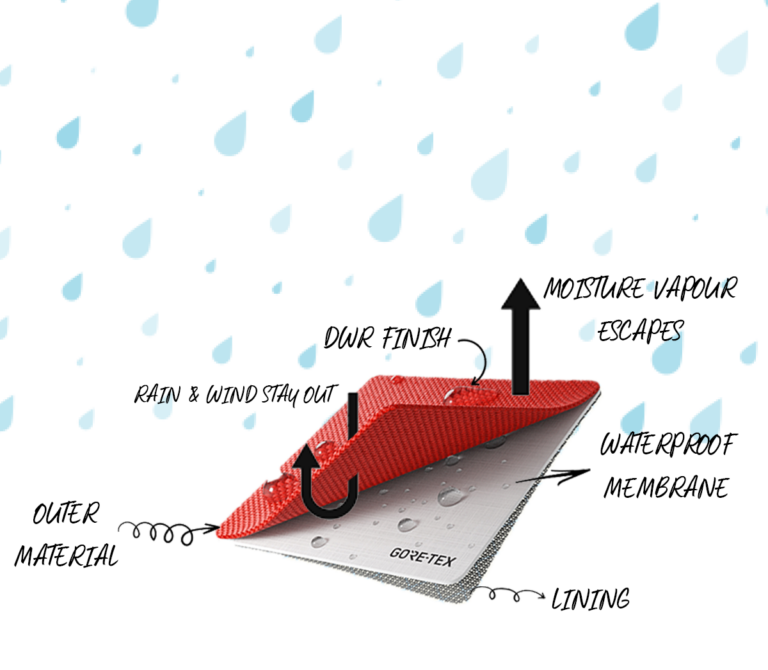
Waterproof and Breathability Ratings: 3. Weight
This one is simple; it’s how heavy the actual jacket is. For those who want to travel fast and light, counting every gram of weight – this is for you.
Waterproof and Breathability Ratings: 4. Features
This rating is based on how many ‘features’ the jacket has. For example, a jacket that rated low would most likely be a trail running jacket that has little or no pockets. Whereas a jacket with a high feature set would be a mountaineering jacket. Which has plenty of pockets, a fully adjustable hood, pit ventilation zips and much more.
Waterproof and Breathability Ratings: We’ve Rated the Jacket, But How Does That Help You?
Let me explain a few key rating scenarios…
Moderate waterproof, low breathability
This rating suggests the jacket is best suited to less strenuous activities in wet weather. For example; walking, dog walking and everyday use, when you’re not going to be working up a sweat. Therefore, don’t need high levels of breathability. Don’t get me wrong, these jackets are still breathable, but if you were to go out for a run in it, you’d feel clammy pretty quickly.
Highly breathable, moderate waterproof
Just because a jacket doesn’t rate 5/5 on the waterproof scale, doesn’t mean that it isn’t a fantastic jacket that has lots more to offer. Montane’s Phase Nano is a great example. This type of jacket is more suitable for fast-paced, strenuous activities like trail running when you need protection from the elements but don’t want to overheat when you’re working hard. It’s also a great option for summer hiking in wet weather when you need a high level of breathability to be comfortable in warmer conditions.
Highly waterproof and highly breathable
These are the highest performing waterproof jackets, often fully mountain capable and suitable for mountaineering, ski touring and alpinism. These jackets are usually more expensive, but they are built to protect you from the elements in extreme mountain conditions when you’re traversing highly technical terrain, not strolling around the park with your dog on a wet Sunday afternoon. Haglofs Mens Spitz GTX Pro Jacket and Mammut’s Taiss Pro HS Hooded Jacket are great examples of high-performance mountaineering jackets, built for gnarly adventures.
How choosing the right kit can elevate your adventure
Our rating feature is simple yet really handy if you’re looking for a jacket for a particular activity. The right kit will elevate your adventure, allowing you to push for the summit or smash your PB. There is nothing more miserable than wearing the wrong kit for the job and being soggy from either rainwater or your own sweat (grim, I know, but still true). Or worse, if you’re mountaineering in bad weather, in the wrong kit, the situation can quickly become life-threatening. This is why we create detailed product information, so you only buy kit that is suitable.
Waterproof and breathability ratings: The right layering system
Don’t get me wrong, your waterproof shell jacket is not going to be as breathable as a softshell jacket, although that’s a whole other topic. But it will provide essential waterproof protection when you need it. Not sure if you need a hard or a softshell? Read our blog here, for the pros and cons of both.
Having the correct layering system for your activity is equally important for regulating your temperature when you’re working hard. For more tips about how to create your own perfect layering system, click here.
How to know what your waterproof jacket is suitable for
We have also added various activity icons for products, which you can see below. These icons help you to see which type of activities we think the product is suitable for at a quick glance.
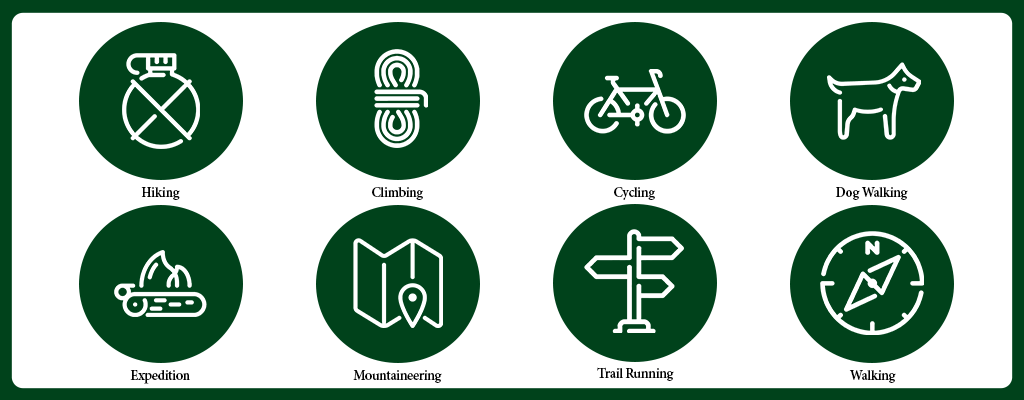
Now you’ve heard all about it, fancy taking a look for yourself? Browse our comprehensive selection of waterproof jackets here and find the perfect one for you.
If you have any questions or need some further advice about any of our products, you can visit us in-store at our Hereford Service Centre, or speak with our friendly customer service team via telephone (01432 263 335) or email ([email protected]).

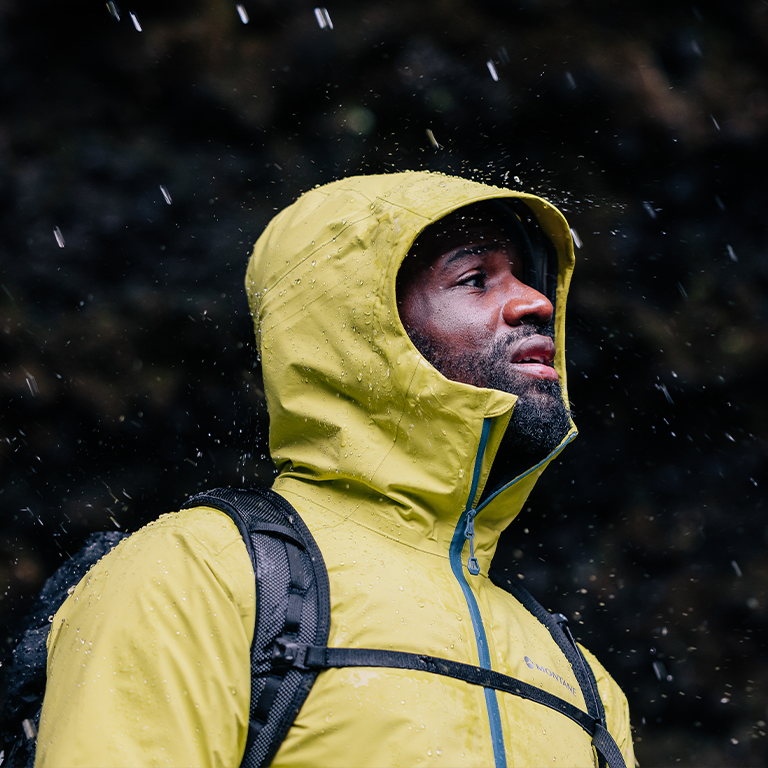
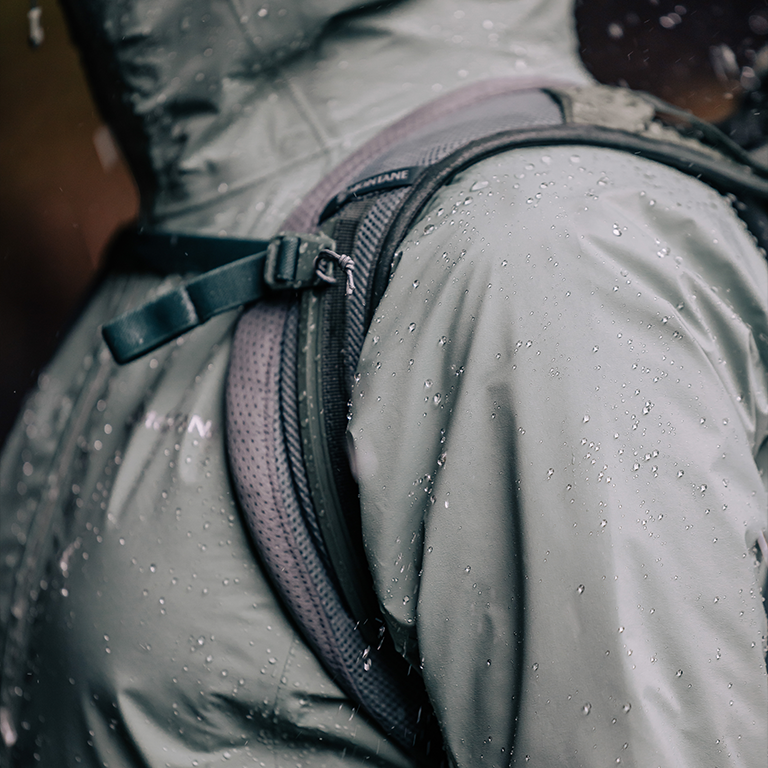
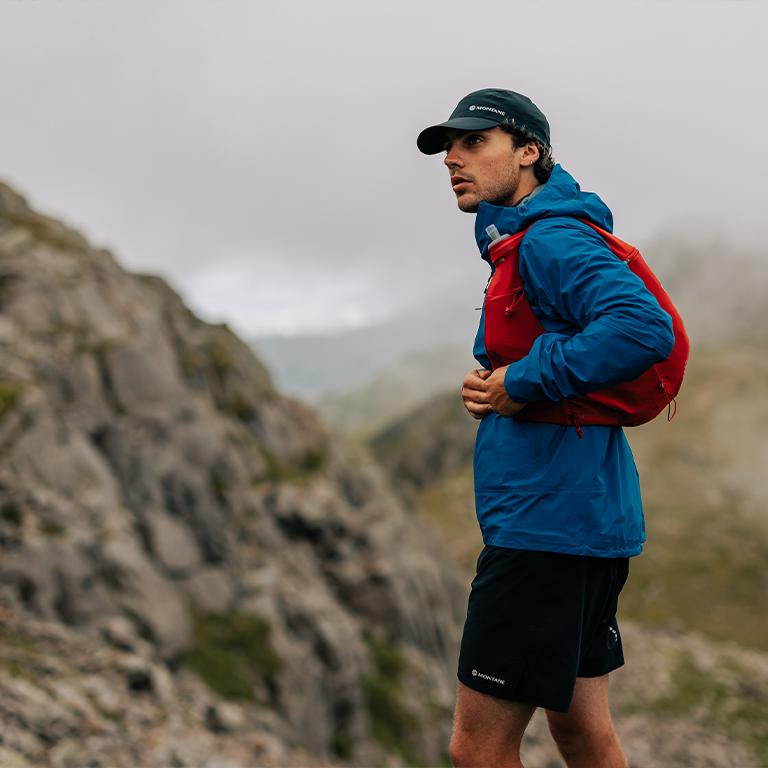
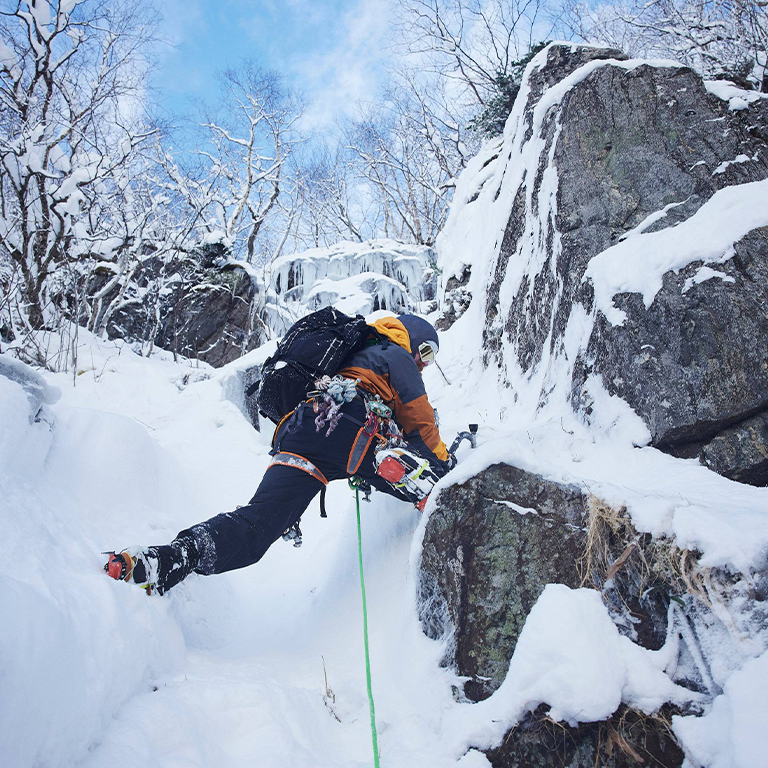
Leave a Reply